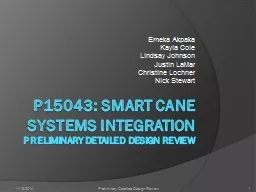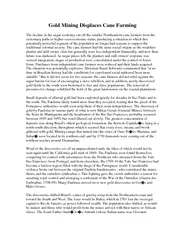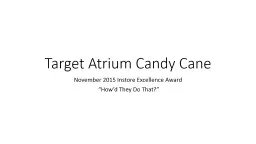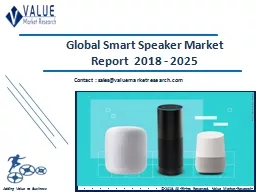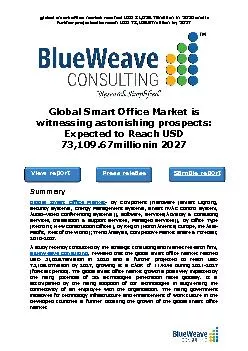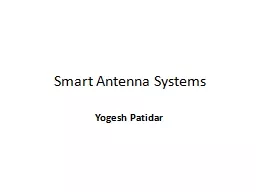PPT-P15043: Smart Cane Systems Integration
Author : ripplas | Published Date : 2020-06-16
Preliminary Detailed Design Review Emeka Akpaka Kayla Cole Lindsay Johnson Justin LaMar Christine Lochner Nick Stewart 11132014 Preliminary Detailed Design Review
Presentation Embed Code
Download Presentation
Download Presentation The PPT/PDF document "P15043: Smart Cane Systems Integration" is the property of its rightful owner. Permission is granted to download and print the materials on this website for personal, non-commercial use only, and to display it on your personal computer provided you do not modify the materials and that you retain all copyright notices contained in the materials. By downloading content from our website, you accept the terms of this agreement.
P15043: Smart Cane Systems Integration: Transcript
Download Rules Of Document
"P15043: Smart Cane Systems Integration"The content belongs to its owner. You may download and print it for personal use, without modification, and keep all copyright notices. By downloading, you agree to these terms.
Related Documents

